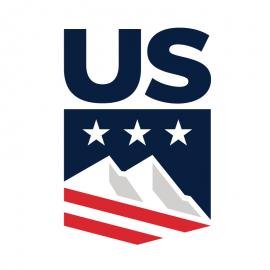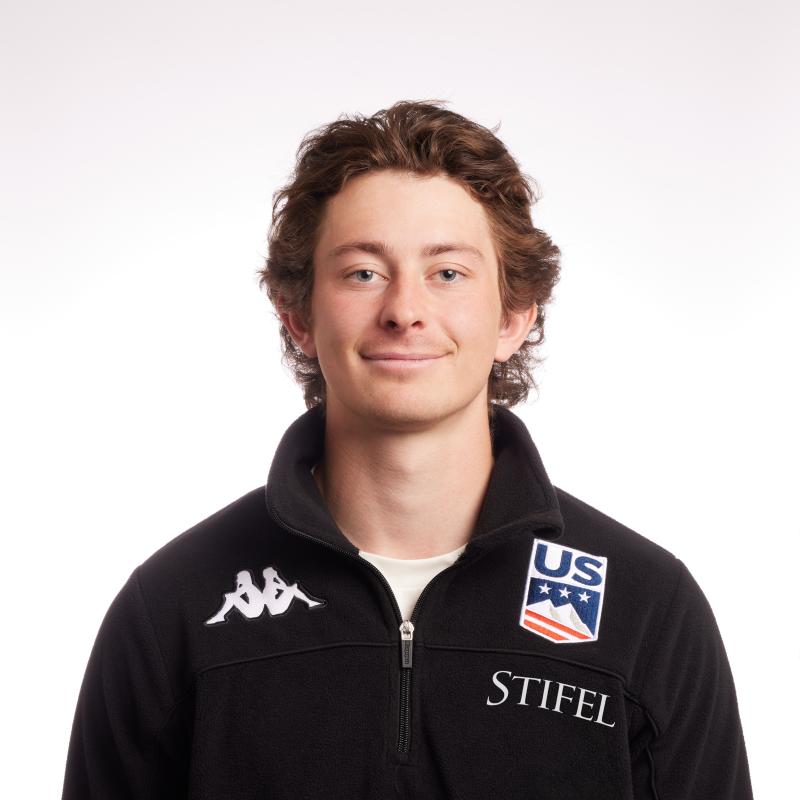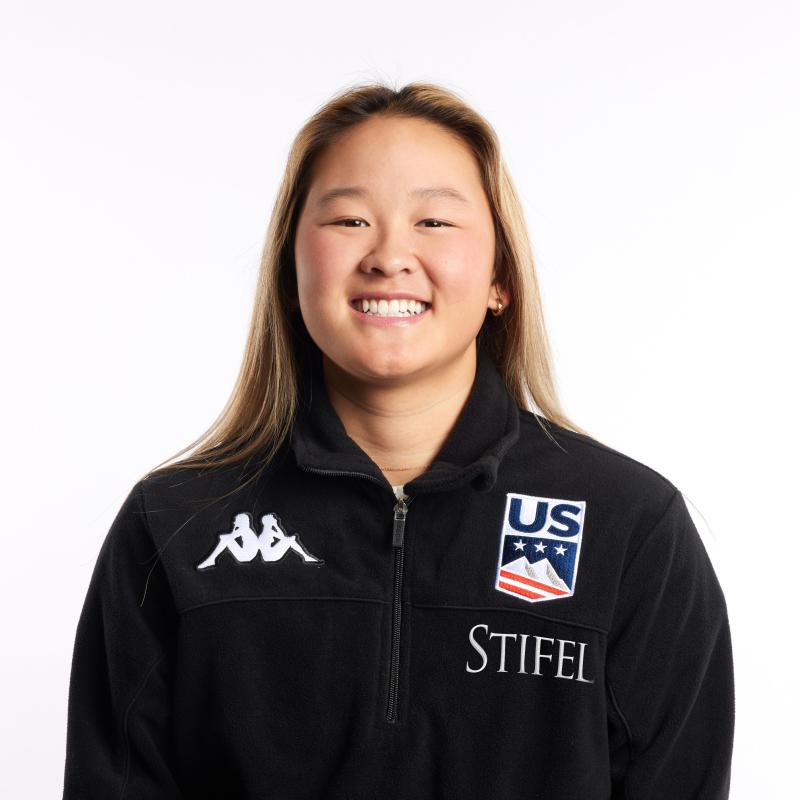Moguls’ #OperationHomebody

Spring usually means crushing slush bumps at U.S. Ski & Snowboard official training site Squaw Valley Alpine Meadows for the mogul skiers of the U.S. Freestyle Ski Team. However, due to the impacts of Covid-19, this prep season is unprecedented for professional skiers across the country and around the world.
Stay-at-home restrictions meant U.S. Ski & Snowboard’s high-performance staff had to pivot in a major way to make sure athletes could still successfully execute their prep season training programs. Limited access to gym equipment and the inability to train together in person created an opportunity for improvisation.
The Moguls’ Athletic Development Coach, Josh Bullock, devised #OperationHomebody to address his new reality of remote training. Josh’s approach was simple: combine each athlete’s individual program with a few weekly challenges and incorporate social media to engage and connect with the whole team, including staff. New U.S. Ski & Snowboard partner, Hydro Flask, provided gear to keep everyone hydrated throughout #OperationHomebody and quickly became favorite adventure companions as athletes sought to diversify their physical fitness outside.
“OperationHomebody was a huge success!” said Hannah Soar. “Over the weeks I pushed myself to improve my mile time — one of the once-weekly challenges — and met my goal of a sub-6-minute mile. It was both physically and mentally challenging to get myself to push my limits each week. Having the leaderboard and OperationHomebody made me feel connected with my team, encouraging me to put my best foot forward every week in pursuit of my goals.”
Every Sunday the week’s theme was announced to the group, from supporting Goggles for Docs to celebrating Mothers’ Day. On Monday athletes had to complete a one-mile timed trial and Wednesday athletes did a one-minute pushup challenge. In an individual sport like mogul skiing, being part of a team creates camaraderie and friendly competition. Athletes push themselves when they are around each other. Incorporating social media into training created a sense of community that would otherwise be missing during this camp.
Learning to adapt to virtual reality for moguls wasn’t as impossible a task some might assume. “Since the onset of my tenure, I have made the attempt to educate [my athletes] to the point of being out of a job, to where they can function independently of direct supervision,” Josh explained. “Good coaching means the athlete can develop and solve motor problems independently. Training is training, so nothing has really changed. We still want quality movement and we still want athletes to reach certain physical capacities so that they can ski at the highest level while remaining healthy.”
That is not to say there are no challenges. Like every organization right now, the U.S. Moguls Team is figuring it out. The biggest challenge is that every athlete is on a slightly different program based on the resources available to them. Some athletes have in-home gyms, while others have traded weights for sandbags. The inability to coach in person also means that most feedback is retroactive and based on video content. Josh can’t correct technique in the moment as he’d be able to when on-site with someone.
The goals for the team during the early prep season remain unchanged in this very changed world. “We first want to see great movement quality,” explained Josh. “Then we can focus on the capacity for exertion, and stress tolerance. They need to accumulate enough training so that they can tolerate stress, eventually the stress of competition and everything that comes with that.” Athletes being able to perform a variety of movements efficiently plays into injury prevention. Laying the groundwork before getting on snow, before the season ramps up, means that their bodies are prepared to tolerate the added exertion of the competition circuit, including travel, jet lag and access to varied nutrition while on the road.
The true test of #OperationHomebody will be when athletes are able to get back into a more typical training routine. But so far Josh is pleased to see that the team has learned to work together remotely. “The current team is a natural split-squat, with athletes on World Cup, NorAm, or in rehab, and I can’t always be with each sub-group,” said Josh. “Right now I’m able to meet athletes where they’re at. Some want to video chat, some want to text, etc. Being more versed in e-learning and virtual engagement will make for more fine-tuned processes as we move through this next season.”




